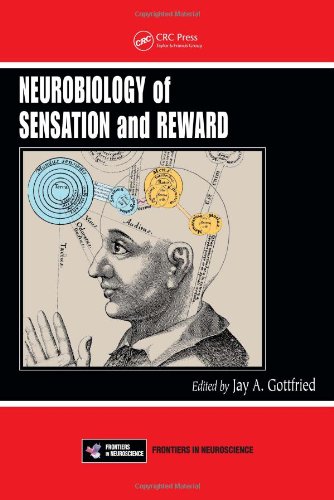
Neurobiology of Sensation and Reward
by Jay A. Gottfried
Publisher: CRC Press 2011
ISBN/ASIN: 1420067265
ISBN-13: 9781420067262
Number of pages: 466
Description:
Synthesizing coverage of sensation and reward into a comprehensive systems overview, Neurobiology of Sensation and Reward presents a cutting-edge and multidisciplinary approach to the interplay of sensory and reward processing in the brain. While over the past 70 years these areas have drifted apart, this book makes a case for reuniting sensation and reward by highlighting the important links and interface between the two.
Download or read it online for free here:
Read online
(online html)
Similar books
 Critical Care in Neurology
Critical Care in Neurologyby Kitchener, Hashem, Wahba, Khalaf, Zarif, Mansoor - Flying Publisher
The goal of neurointensive care is to treat and prevent primary and secondary brain injury. This book addresses the day-to-day management of patients in neurointensive care units and the clinical approach to common neurocritical conditions.
(10443 views)
 Jasper's Basic Mechanisms of the Epilepsies
Jasper's Basic Mechanisms of the Epilepsiesby Jeffrey L Noebels (ed.) - National Center for Biotechnology Information
The book considers the role of interactions between neurons, synapses, and glia in the initiation, spread and arrest of seizures. It examines mechanisms of excitability, synchronization, seizure susceptibility, and ultimately epileptogenesis.
(10157 views)
 In the Light of Evolution: Volume VI: Brain and Behavior
In the Light of Evolution: Volume VI: Brain and Behaviorby G.F. Striedter, J.C. Avise, F.J. Ayala (eds) - National Academies Press
The central goal of the series is to promote the evolutionary sciences through state-of-the-art colloquia. This volume focuses on the field of evolutionary neuroscience that now includes a vast array of different approaches, data types, and species.
(11206 views)
 Neurotoxins
Neurotoxinsby J. Eric McDuffie (ed.) - InTech
Because the incidence of neurobehavioral hazards and risks of exogenous compounds remain subject matter of interest, predictive tools have evolved, including novel translational in vitro models, biomarkers, newer epidemiological research tools, etc.
(6952 views)